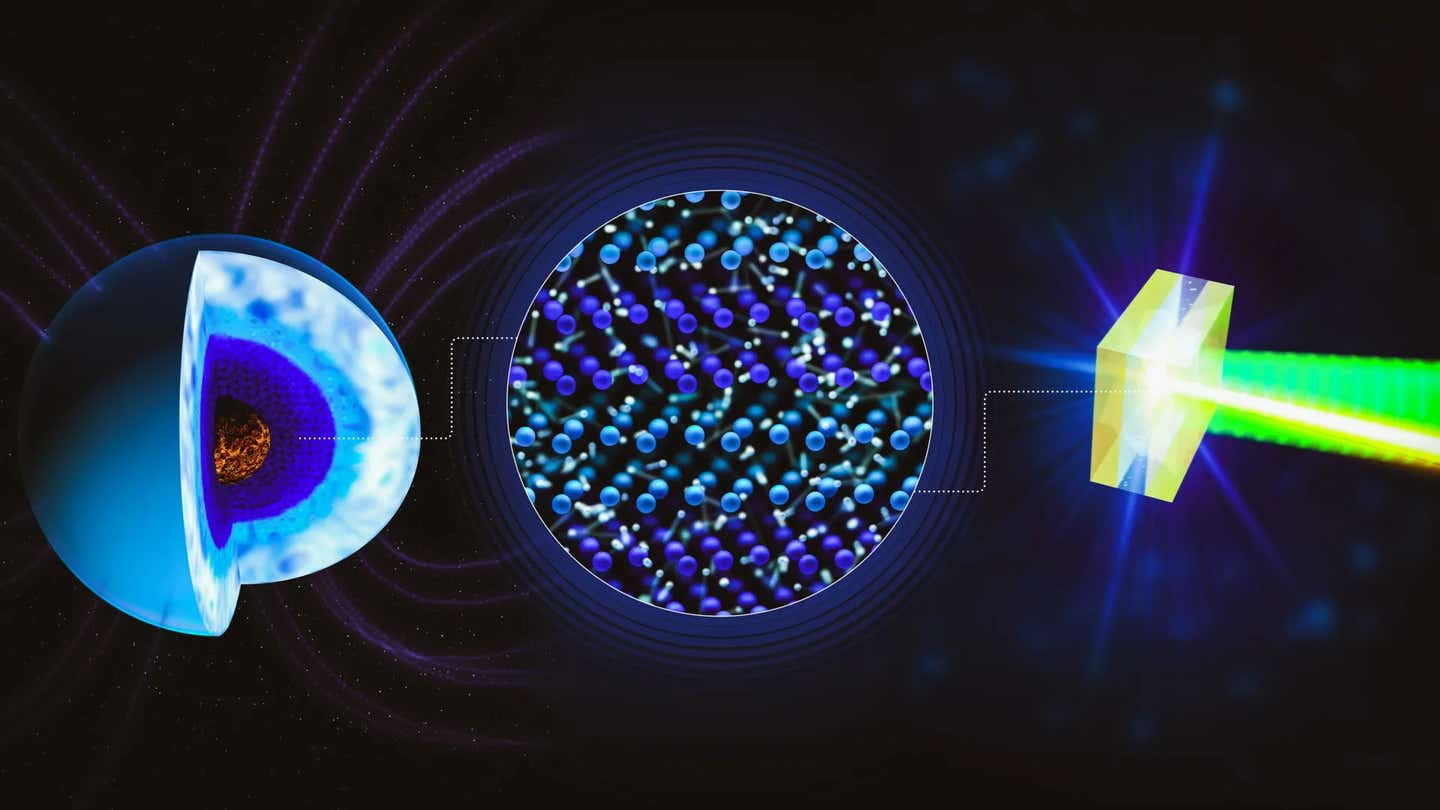New blood biomarker can predict the development of Alzheimer’s disease, study finds
Findings could potentially reshape our understanding of this devastating neurodegenerative disease that progressively leads to dementia.

[May 31, 2023: Staff Writer, The Brighter Side of News]
In a breakthrough that holds potential for significant advancements in the treatment of Alzheimer's disease. (CREDIT: Creative Commons)
In a breakthrough that holds potential for significant advancements in the treatment of Alzheimer's disease, researchers at the University of Pittsburgh School of Medicine have published research indicating that star-shaped brain cells, known as astrocytes, may be crucial in determining whether a person will develop Alzheimer's.
These findings, which were published in Nature Medicine, could potentially reshape our understanding of this devastating neurodegenerative disease that progressively leads to memory loss and dementia.
For years, scientists have grappled with the question of why some people develop Alzheimer’s disease while others, whose brains are filled with toxic amyloid aggregates - a classic hallmark of Alzheimer’s pathology - don't. The conundrum has left many scratching their heads, but the latest research suggests that astrocytes, a type of brain cell, may hold the key.
The Pittsburgh research team conducted blood tests on over a thousand elderly individuals who were cognitively unimpaired, both with and without amyloid pathology. What they discovered was that only those with both amyloid buildup and blood markers indicating abnormal astrocyte activation or reactivity, would progress to symptomatic Alzheimer's in the future. This key finding has profound implications for drug development aimed at halting disease progression.
Related Stories
“Our study argues that testing for the presence of brain amyloid along with blood biomarkers of astrocyte reactivity is the optimal screening to identify patients who are most at risk for progressing to Alzheimer’s disease,” said senior author Tharick Pascoal, M.D., Ph.D., associate professor of psychiatry and neurology at Pitt. “This puts astrocytes at the center as key regulators of disease progression, challenging the notion that amyloid is enough to trigger Alzheimer’s disease.”
The prevailing understanding in neurodegenerative science has long been that an accumulation of amyloid plaques and tau tangles, disordered protein fibers inside the neurons, not only signaled Alzheimer's disease but were also directly responsible for it. This belief led to drug manufacturers investing heavily into molecules targeting these protein accumulations, overlooking the potential contributions of other brain processes, including the neuroimmune system.
The new research by Pascoal and his team, however, suggests that disruption of other brain processes, such as heightened inflammation, could be just as critical as amyloid buildup in sparking the sequence of neuronal death that causes rapid cognitive decline.
Robust linear regressions show that plasma p-tau181 increases as a function of Aβ burden only in the presence of astrocyte reactivity (Ast+) in all cohorts together (n = 1,016). (CREDIT: Nature Medicine)
Pascoal's previous research found that inflammation in brain tissue stimulated the spread of pathologically misfolded proteins in the brain and directly led to cognitive impairment in patients with Alzheimer’s disease. Two years later, their new research shows that this cognitive impairment can be predicted by a blood test, a discovery that has the potential to revolutionize Alzheimer's detection and treatment.
Astrocytes, abundant cells in brain tissue, serve an important role in supporting neuronal cells by providing them with nutrients and oxygen and safeguarding them against pathogens. While their role in brain health and disease had been overlooked due to their lack of direct involvement in neuron communication, the latest research shifts this perspective dramatically.
Voxel-wise regression analysis showing the association between Aβ–PET and tau–PET in individuals classified as negative (Ast−) or positive (Ast+) for astrocyte reactivity (n = 147). (CREDIT: Nature Medicine)
“Astrocytes coordinate brain amyloid and tau relationship like a conductor directing the orchestra,” said lead author of the study Bruna Bellaver, Ph.D., postdoctoral associate at Pitt. “This can be a game-changer to the field, since glial biomarkers in general are not considered in any main disease model.”
The team studied blood samples from participants in three separate studies of cognitively unimpaired elderly people, testing for biomarkers of astrocyte reactivity—specifically glial fibrillary acidic protein, or GFAP—along with the presence of pathological tau. The research demonstrated that only those individuals who tested positive for both amyloid and astrocyte reactivity showed evidence of developing tau pathology, indicating a predisposition to clinical symptoms of Alzheimer’s disease.
a, Longitudinal tau–PET annual rate of change according to astrocyte reactivity status (n = 71). b, Association between tau–PET annual rate of change and baseline Aβ–PET according to astrocyte reactivity status. c, Percentage of voxels with significant association (after RFT correction) between tau–PET annual rate of change and baseline Aβ–PET in each Braak region. Associations were tested using voxel-wise linear regression models corrected for RFT multiple comparison and adjusted by age and sex. (CREDIT: Nature Medicine)
The implications of these findings for future clinical trials are immense. In efforts to halt the progression of the disease, clinical trials are focusing on earlier and earlier stages of pre-symptomatic disease. This makes an accurate early diagnosis of Alzheimer’s risk paramount. A significant percentage of amyloid-positive individuals will not progress to clinical forms of Alzheimer’s, proving that amyloid positivity alone is not enough to determine a person's eligibility for therapy.
The addition of astrocyte reactivity markers such as GFAP to the panel of diagnostic tests could lead to a more precise selection of patients who are likely to progress to later stages of Alzheimer’s. This, in turn, could help refine the selection of candidates for therapeutic interventions, ensuring those most likely to benefit from treatment are identified early and accurately. This promising new research opens up exciting opportunities for better understanding, diagnosis, and treatment of Alzheimer's disease in the future.
Note: Materials provided above by The Brighter Side of News. Content may be edited for style and length.
Like these kind of feel good stories? Get the Brighter Side of News' newsletter.



